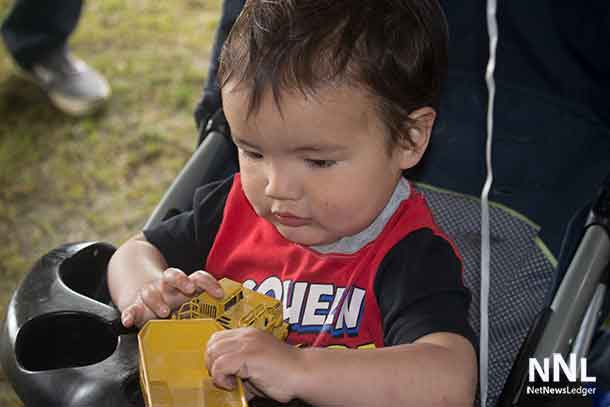

Why first impressions can harm your career
BERKELEY, CA – BUSINESS – Two seconds – thirty seconds, tops – that’s all the time it takes some to assess your confidence, competence, status, likeability, warmth, and trustworthiness. That’s how much time you have to make a first impression.
In fact, it’s impossible for us not to make these snap judgments about one another. Human beings are wired that way.
According to the triune brain theory, our grey matter is actually three brains in one: The reptilian brain controls the body’s vital functions such as heart rate, breathing, body temperature and balance. The cortical brain handles activities such as language, analysis, and strategizing. (The seat of our conscious thought is here in the prefrontal cortex.) But it is the limbic brain that is most responsible for the value judgments that strongly influence first impressions.
The limbic system, in particular the amygdala, is the first part of the brain to receive information and react to it. The amygdala takes in all incoming stimuli and decides instantly whether or not it is threatening. Before the conscious mind has had time to logically evaluate someone, the limbic brain has already made a decision. And, because these decisions are made without a logical process of deliberation, they impact us with the immediacy and power of an old-brain survival imperative – unconsidered, unannounced, and in most cases, impossible to resist.
We are psychologically programmed to see what we expect to see. So, once this unconscious evaluation has labelled you as trustworthy or deceptive, powerful or submissive, friend or foe, people will go through all sorts of mental gymnastics to hang onto their initial judgment: They will seek out information that confirms what they believe to be true, they will look for and take note of your behaviours that reinforce that opinion and ignore or downplay behaviors that are contradictory.
The television show 60 Minutes dramatized confirmation bias on a show with polygraph examiners. The show’s staff set up a mock situation in which four polygraph examiners chosen at random were asked to administer polygraph examinations to four different employees regarding the theft of camera equipment. (In fact, no theft had occurred.)
Each of the four examiners was subtly led to believe that one particular person was the likely thief. And so they found the identified candidates – a different one in each case — to be guilty, simply because that’s what they expected to see.
If the initial impression you make is negative, it can have devastating long-term consequences for your business dealings – and even your career. While you can’t control other people’s biases or past experience, you can use your body language to send the right signals.
Here are seven body language tips for making a positive first impression:
- Adjust your attitude. People pick up your attitude instantly. A study at the University of Glasgow’s Centre for Cognitive Neuroimaging discovered it takes the brain just 200 milliseconds to gather most of the information it needs from a facial expression to determine a person’s emotional state. That’s why you can’t wait until you’re in the meeting room to “warm up.” You’ve got to walk in, already expressing the emotions you want to project.
- Stand tall. Pull your shoulders back and hold your head high. This is a posture of confidence and self-esteem.
- Smile slowly. A smile is an invitation, a sign of welcome. It says, “I’m friendly and approachable.” A slow onset smile leads to even more positive reactions. So, begin with a slight smile and let it grow organically.
- Make eye contact. Looking at someone’s eyes transmits energy and indicates interest and openness.
- Raise your eyebrows. Open your eyes slightly more than normal to simulate the “eyebrow flash” that is the universal signal of recognition and acknowledgement.
- Lower your pitch. You’ll have them at “Hello” if your voice sounds warm and inviting. Don’t let nervousness take your voice into its higher range. Before speaking, take a deep breath and exhale through your mouth. (If you are unobserved, make a soft “ahh” sound.) Doing so releases the tension in your throat and helps to keep your vocal tone relaxed and lower.
- Shake hands. Touch is the most primitive and powerful nonverbal cue. People react to a great handshake (palm to palm, web to web, firm, but not bone-crushing) by judging you as open and friendly.
Remember – first impressions stick. That can work in your favour if you make sure yours is a good one!
Troy Media columnist Carol Kinsey Goman, Ph.D. is an executive coach, consultant, and international keynote speaker at corporate, government, and association events. She’s the author of 12 books including The Silent Language of Leaders:: How Body Language Can Help – or Hurt – How You Lead” and (her latest) The Truth About Lies in the Workplace: How to Spot Liars and What to Do About Them.”
©2015 Troy Media






